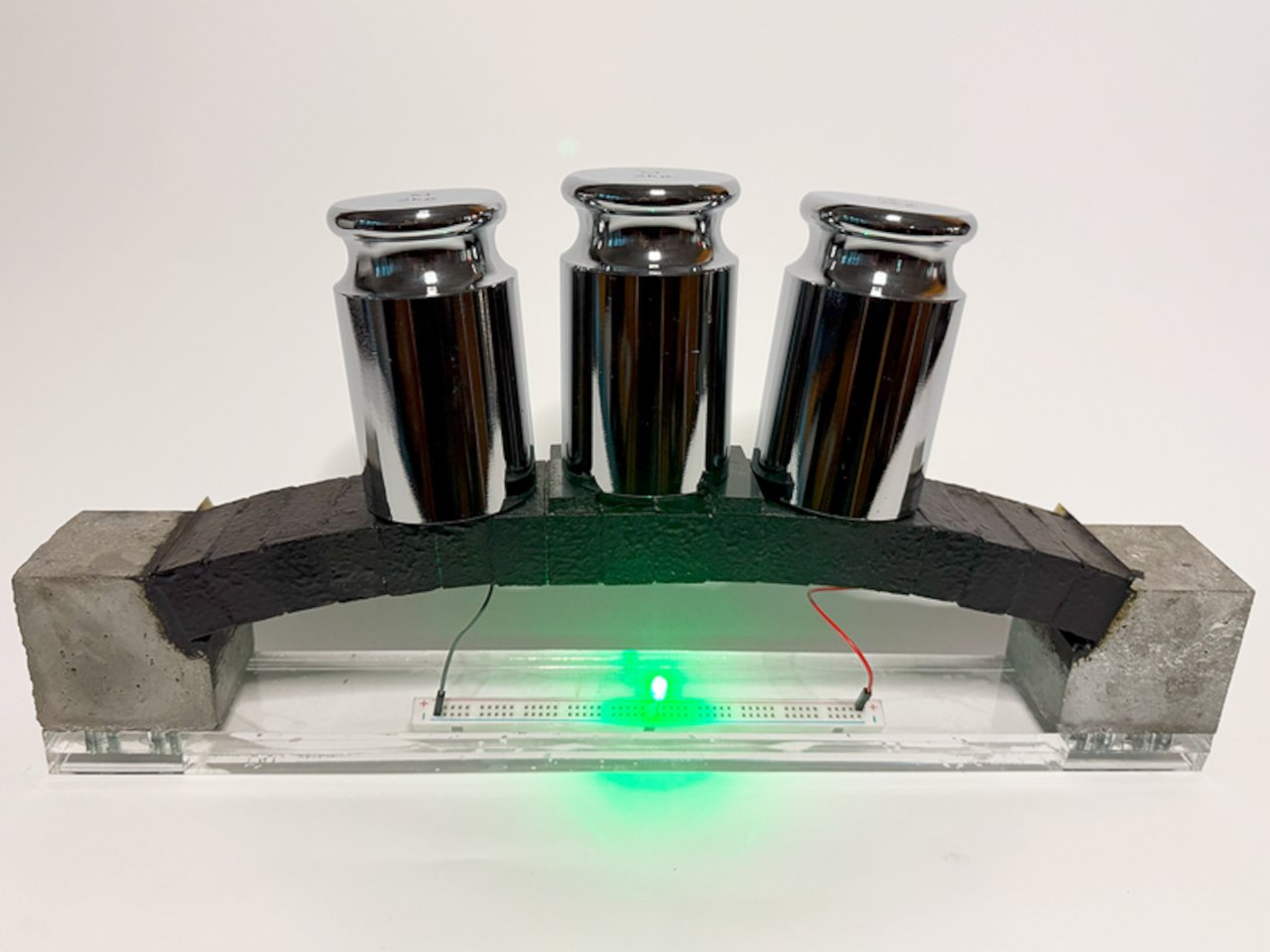Imagine a future where the walls and floors of your home do more than just support your furniture. They actually store and supply electricity as well. This vision is coming closer to reality thanks to innovative research from scientists at MIT. Their latest breakthrough centers around a new type of carbon-infused concrete that can conduct electrons, effectively turning ordinary building materials into large-scale batteries.
Traditionally, concrete has been valued for its strength and durability, not its ability to conduct electricity. However, the MIT team has changed the game by incorporating a blend of carbon black—a fine, powdery form of carbon—into the concrete mix. This addition creates a network within the concrete that allows electrons to move freely, transforming the material from a passive structure into an active energy storage device. The idea is both simple and revolutionary: the carbon black forms continuous paths throughout the concrete, enabling it to function somewhat like the electrodes found in traditional batteries.
Designer Name: Massachusetts Institute of Technology
The research, detailed in the Proceedings of the National Academy of Sciences, demonstrates that this new material can store significant amounts of energy. For example, a block of this electron-conducting concrete could theoretically power a set of LED lights or supply backup energy for a home during a blackout. The possibilities extend even further, including the potential to store renewable energy from solar panels during the day and release it at night, or to help balance loads in urban power grids.
One of the most exciting aspects of this technology is its scalability. Because concrete is already one of the most widely used building materials on the planet, integrating energy storage directly into new construction projects could be both cost-effective and environmentally friendly. Large-scale applications might include parking garages, office buildings, or even entire neighborhoods that double as massive energy storage units. This could help reduce the need for separate, resource-intensive battery banks and lower the environmental footprint of new developments.
There are still challenges to overcome before this technology can be widely adopted. The research team is continuing to optimize the mix to maximize conductivity and storage capacity while maintaining the structural integrity that makes concrete so useful in the first place. They are also studying the long-term durability of the material and looking for ways to scale up production for commercial use.
The potential impact is enormous. Imagine roads that could help power electric vehicles as they drive, or disaster shelters that store their own emergency electricity. As global demand for energy storage grows alongside renewable energy adoption, innovations like MIT’s electron-conducting carbon concrete could play a crucial role in shaping the smart, sustainable cities of tomorrow.
The post MIT Scientists Unveil Electron Conducting Carbon Concrete That Can Store and Supply Power first appeared on Yanko Design.

